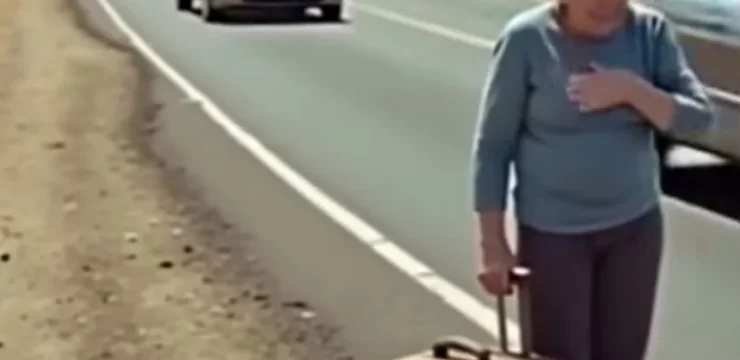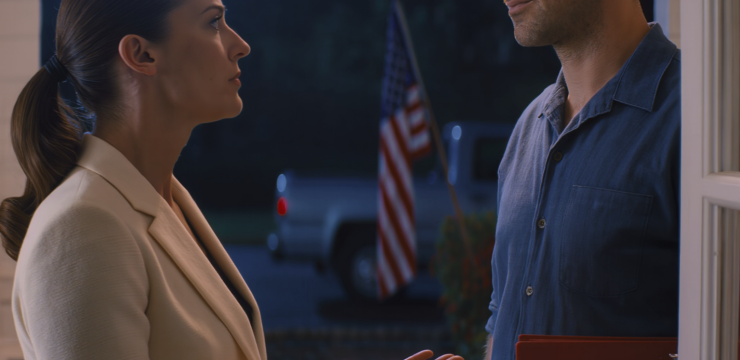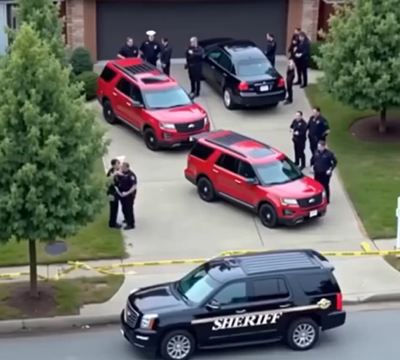The world awoke this morning to the somber news of Pope Francis’s passing, a moment that has deeply touched millions across the globe. On Easter Monday, the Vatican officially confirmed that the beloved Pope had died, marking the end of an era defined by compassion, courage, and unwavering faith.

In the days leading up to his death, thousands had already gathered in Rome to celebrate Easter, unaware that they would be witnessing the final public appearance of a man who had profoundly shaped the modern Catholic Church. On Easter Sunday, Pope Francis made a brief yet deeply meaningful appearance at St. Peter’s Square, despite ongoing health struggles brought on by a long and difficult battle with double pneumonia. While he was unable to deliver the Easter Mass himself, which was instead led by Cardinal Angelo Comastri before tens of thousands of followers, the Pope did appear on the balcony of St. Peter’s Basilica. From there, in a wheelchair, he offered his blessings and wished the crowd a heartfelt “Happy Easter.”
Traditionally, the Pope delivers the “Urbi et Orbi” blessing—Latin for “To the City and the World”—on Easter Sunday, addressing not only the faithful in the square but also millions watching around the world. This year, due to his condition, a Vatican archbishop delivered the message on his behalf, but the content of the address was unmistakably the Pope’s own. His words resonated deeply, touching on urgent global issues that continue to impact countless lives. In what would become his final Easter message, Pope Francis spoke passionately about the need for peace, unity, and respect among all people.
He expressed deep concern about the alarming rise in antisemitism and condemned the ongoing violence in Gaza, where both the broader population and its Christian community have suffered immense hardship. He urged for a ceasefire and spoke of the devastating humanitarian conditions caused by the conflict, calling it “dramatic and deplorable.” These were not just words of concern—they were a heartfelt plea from a spiritual leader deeply committed to the dignity of all human life. His address also included a powerful call to defend fundamental human rights, particularly freedom of religion, thought, and expression. “There can be no peace without freedom of religion, freedom of thought, freedom of expression, and respect for the views of others,” the address stated, underscoring Pope Francis’s belief that peace must be rooted in mutual respect and human dignity.
Following the address, he was seen being driven through the square in an open-top vehicle, offering one final moment of connection with the crowds that had come to see him. Pope Francis passed away at the age of 88, after a long period of declining health. He had recently been released from Rome’s Gemelli Hospital following a month-long stay, with doctors advising rest and recovery due to the severity of his illness. Despite his weakened state, he remained devoted to his responsibilities for as long as possible. For the first time since his election in 2013, Pope Francis missed most of the Holy Week events, including Good Friday’s Stations of the Cross at the Colosseum, the Holy Saturday Easter Vigil, and the Holy Thursday foot-washing ritual, which symbolizes Christ’s humility and service to his disciples. He had delegated these duties to senior cardinals while continuing to engage with the faithful whenever possible. Even on the Saturday before Easter, he made a short appearance to greet visitors, demonstrating his commitment to his role until the very end. Pope Francis leaves behind an enduring legacy defined by compassion, humility, and a call for global unity. Throughout his papacy, he consistently advocated for the marginalized, challenged injustice, and worked to bring people of all backgrounds together. His final words echoed the values he championed throughout his life and offered the world one last reminder of the importance of faith, peace, and love. He will be remembered not only as a religious leader but as a symbol of hope and moral courage in a troubled world. Share his final message with those who would find comfort and meaning in his powerful farewell.





